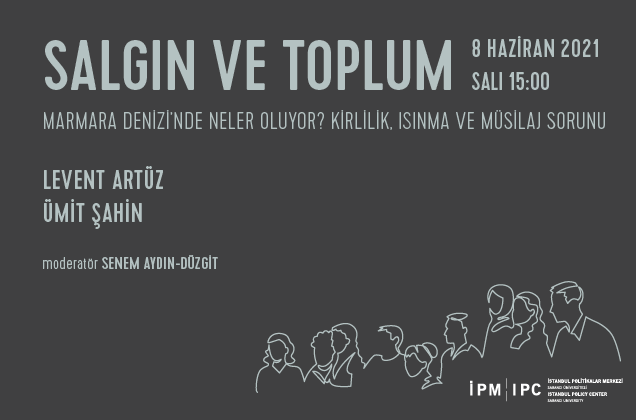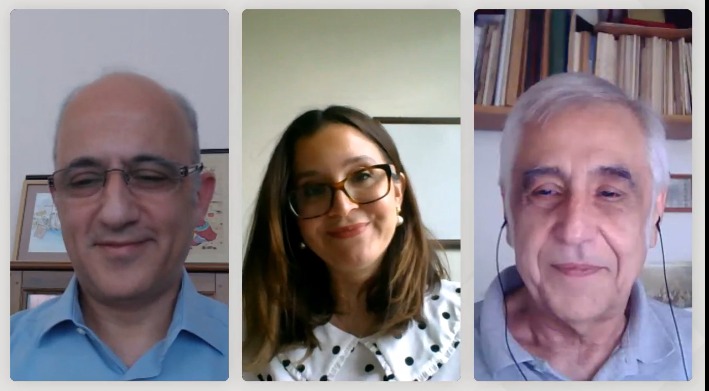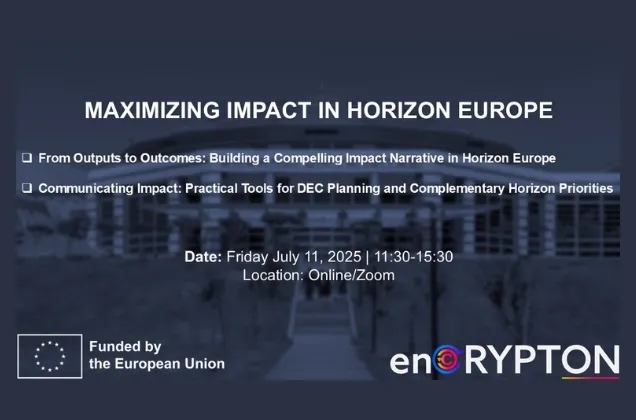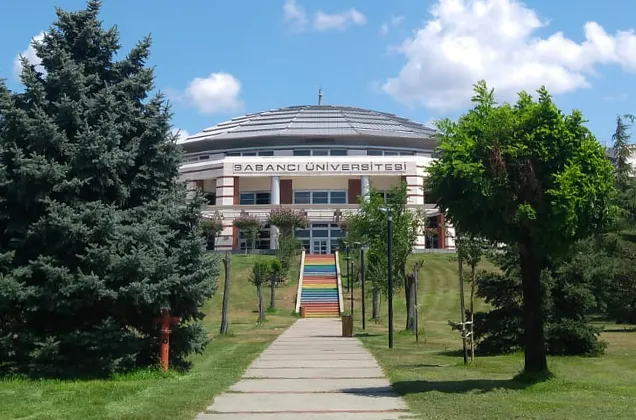04/08/2021
Recent developments in the Sea of Marmara were covered in the webinar entitled “What’s happening in the Sea of Marmara? Pollution, Warming and the Mucilage Problem”, organized in the scope of “Pandemic and Society” webinar series started by Sabancı University Istanbul Policy Center (IPC). The participants warned that the devastation in the Sea of Marmara was the death of an inland sea and such environmental disasters could cause further unexpected pandemics.

A webinar entitled “What’s happening in the Sea of Marmara? Pollution, Warming and the Mucilage Problem” was organized in the scope of the “Pandemic and Society” webinar series started by Sabancı University Istanbul Policy Center (IPM). Moderated by Senem Aydın Düzgit, IPC Research and Academic Relations Coordinator, the webinar hosted Levent Artüz, Leader of the MAREM (Monitoring Changing Oceanographic Conditions in the Sea of Marmara) project implemented by the Sevinç-Erdal İnönü Foundation and Ümit Şahin, IPC Climate Change Studies Coordinator, as speakers. The recent developments in the Sea of Marmara were discussed in the webinar.
“We are witnessing the death of the Sea of Marmara,” said Senem Aydın Düzgit, “The reasons for what is happening are global warming to some extent, but human mismanagement, errors or intentional policies to a much greater extent”.
MAREM Project Leader Levent Artüz highlighted that the current situation in the Sea of Marmara was attributable to some wrong projects started in the 1980s, and the acceleration of the negative trend, particularly after the 2000s. Levent Artüz said the following about the issue: “In the scope of the project of cleaning the Golden Horn in 1989, undercurrents were used as conveyor bands to transport polluted water to the Black Sea without any purification or transmission projects. However, it was known that only 10% of the undercurrents moved to the Black Sea. It was known that that method would not work, but people insisted on it. What happened next? We saw fish die in 1989. We lost all the marine species in that period. The literature wrote about this event as drowning of fish. A major massacre occurred in the Sea of Marmara. Biodiversity disappeared. From the 1990s, jellyfish started to accumulate to build tiny islands. Fish species like swordfish and tunny, which had considerable economic value and were important for the ecosystem, disappeared. Other fish species shrank in size. The Sea of Marmara became turbid due to discharged wastewater. The effect of global warming in the Black Sea was 1 degree, while it was 2.5 to 3 degrees in Marmara, which continues to get warmer.”
Saying that there was a similar case of mucilage in 2007, Levent Artüz revealed that “It was a bit different at that time, but it did not attract that much attention since it did not become that widespread. From 2011, we started to see invasive species. In 2017, Marmara ranked second in the world for microplastic pollution. And in 2021, we have what we can see today.”
Levent Artüz emphasized that it was a disaster waiting to happen, and he continued, “In the first phase in 1989, biodiversity eroded. In the second phase of the pollution, some existing species grew exponentially while some others tended to disappear, and that was because of changes in the competition conditions. Some species just found a way out, became extremely abundant in a short period of time, and then faced extinction. When species died, their intracellular liquids spread to the marine environment. Due to difference of density, some liquids floated on water while some others sank deeper into the sea by taking the solid waste around them. We can encounter mucilage even 1,272 meters under the sea surface.”
IPC Climate Change Studies Coordinator Ümit Şahin said that the problem had come to the agenda in the course of the last month, although scientists had made continued warnings about it for many years, and the Ministry of Environment took action only one week ago. He continued, “When environmental problems reach a level visible to the eye and are covered in social media, authorities notice that there is an emergency. I think this is the biggest problem. If there had been no such images of the catastrophe, and showing that even the bottom of the Marmara Sea had been covered by mucilage, nothing would have been done. This case shows that we do not approach environmental problems in the absence of striking images and uproar over an emergency, and that the government is in no hurry to take any action.”

Underlining that the climate change was human-driven, Ümit Şahin said the following, “We view the environmental destruction in the Sea of Marmara from our own perspective, which is confined to our complaints like ‘we cannot swim in the sea, it smells, creates visual pollution, we cannot eat any fish’. However, there has been a serious ecological devastation for the last 40 years. All the marine species are becoming extinct, but we try to solve the problem when it becomes most challenging as we do not respect nature’s and the ecosystem’s right to life. Turning the atmosphere into a waste bin with greenhouse gases is the same thing as turning the Marmara Sea into a garbage dump with industrial and household waste. If we had not turned Marmara into a dumping ground, it would have been much less probable for this problem to happen, even despite the warming of the seas. Although global warming triggers this event, the main source of this specific problem is human factors.”
Sharing his evaluation of the Action Plan announced by the Ministry of Environment, Ümit Şahin said, “It is important that the Sea of Marmara has been declared a protected area, but it is not known how this can be achieved, how much financing will be needed, or for how long Marmara will remain a protected area. The expected population growth to accompany the Istanbul Canal will only worsen the pollution.” About the Action Plan, Levent Artüz said it was important that for the first time there was a consensus on the fact that Marmara was polluted, and that it was essential to make regulatory arrangements about the protected area status of the Sea of Marmara urgently. Artüz said, “The Sea of Marmara died in 1989. We have to learn lessons from that, and give up similar projects.”
A video recording of Pandemic and Society - "What’s happening in the Sea of Marmara? Pollution, Warming and the Mucilage Problem" webinar is available on the IPC’s YouTube channel, and you can find the related link below.


